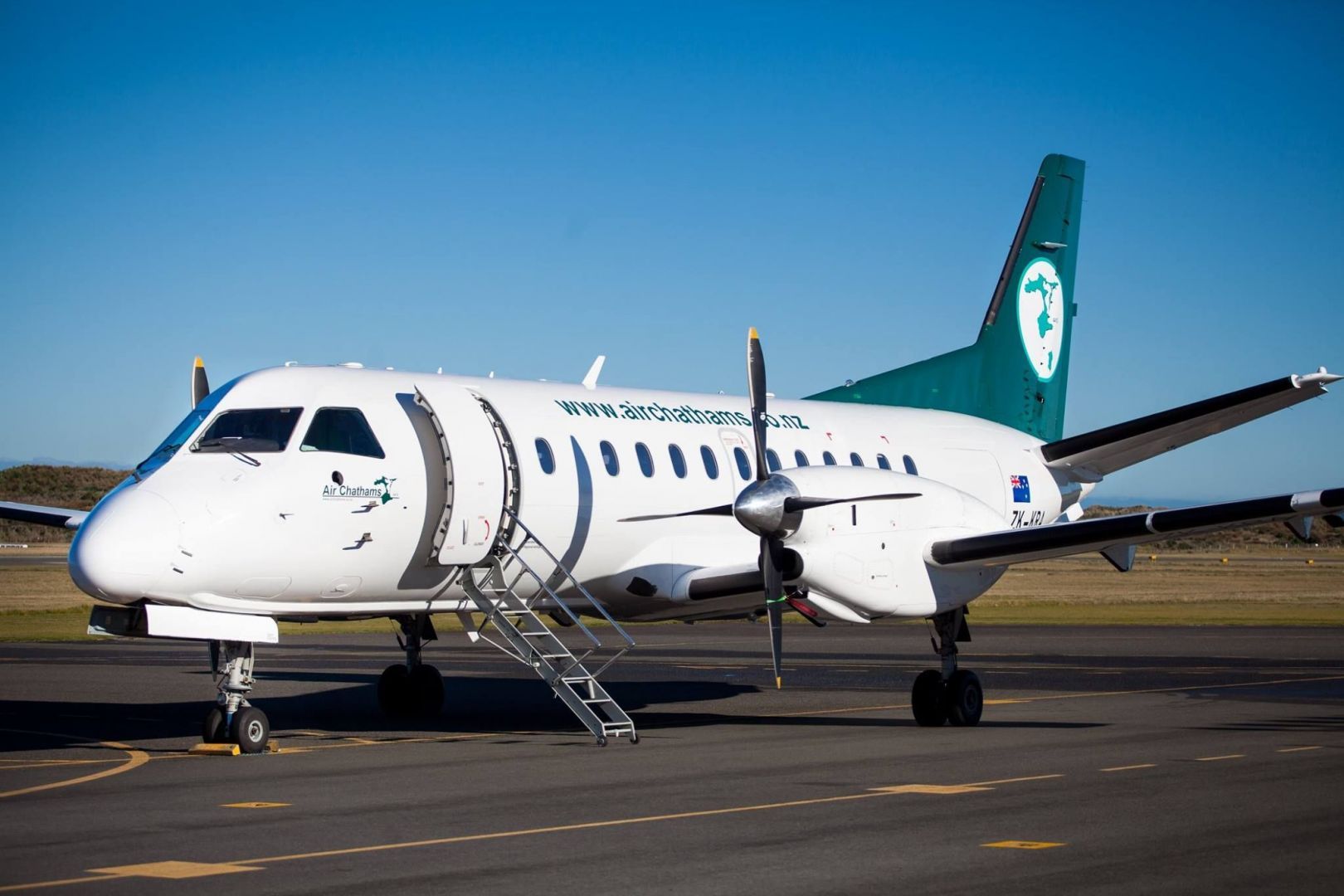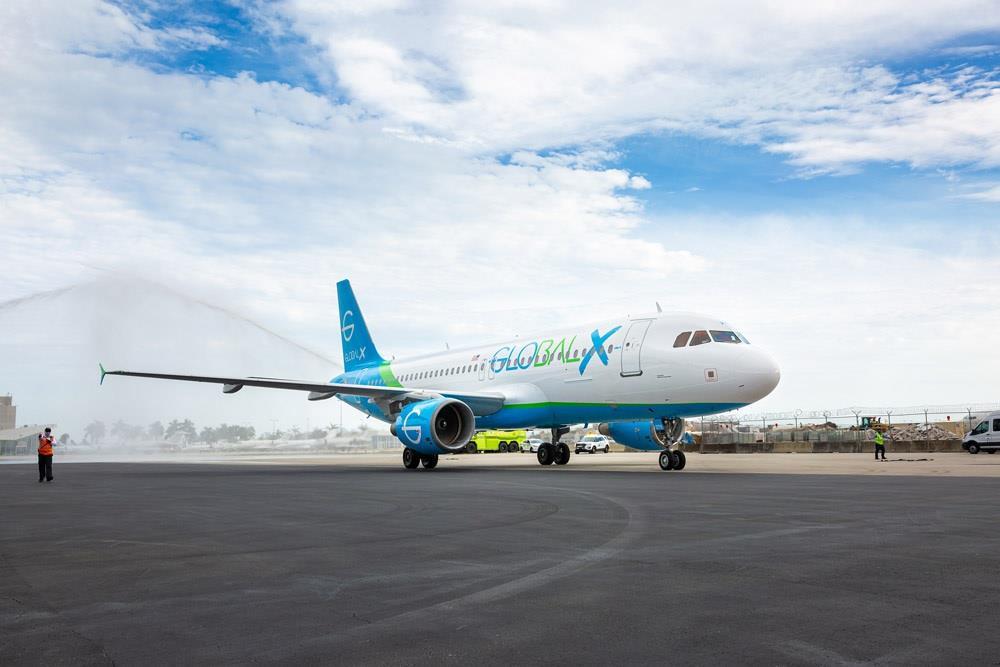7 benefits of using an Electronic Flight Bag (EFB)
An Electronic Flight Bag (EFB) is a digital device that replaces traditional paper-based flight documentation. It provides pilots with quick access to a variety of information and tools that can help them operate their aircraft and fleet more efficiently. Additionally, EFB helps to access important information such as flight plans, weather reports, navigation charts, document libraries, take-off and landing calculations, planning mass and balance, and many more. Finally, it offers customized operational reports that give access to the flight planning data during and after flights.
Some of the ways in which an EFB can benefit airlines are:
- Cost Savings: When airlines employ Electronic Flight Bags, there is a notable reduction in the necessity for paper-based materials such as charts, manuals, and flight plans. This not only mitigates the need for printing but also curtails the expenses involved in the distribution of these materials to pilots and crew members. Moreover, the ability to update digital documents easily eliminates the costs associated with regularly reprinting updated paper documents. EFBOne has a very unique advantage of doing the app configuration in-house by airline EFB admins, therefore, reducing the expenses of change requests.
- Weight Reduction: The transition from paper-based materials to EFBs has a direct impact on the weight of the aircraft. Since EFBs are compact and lightweight compared to heaps of paper, this reduction in weight contributes to lower fuel consumption. In the aviation industry, even marginal reductions in weight can translate into significant savings in fuel costs over time.
- Increased Efficiency in Pre-flight Preparations: EFBs boast an intuitive interface, enabling pilots to access and process the information they need swiftly. This can be especially beneficial during pre-flight preparations where time is of the essence. EFBs ensure that pilots can review the latest data and make necessary arrangements without sifting through paper stacks, drastically cutting down on pre-flight preparation time.
- Improved Safety through Real-time Information: One of the cardinal advantages of using an EFB is the provision of real-time information. This includes critical data such as weather reports and NOTAMs (Notices to Airmen). Having access to the most recent information empowers pilots to make informed decisions, which can be crucial in ensuring the safety of the flight, especially in adverse weather conditions or during unexpected events.
- Improving Access to a Wide Range of Information: EFBs come equipped with a plethora of information right at the pilot’s fingertips. This includes, but is not limited to, navigation charts, weather data, aircraft manuals, and performance calculations. The ease of access and the comprehensive nature of the information assist pilots in making well-informed decisions, enhancing the overall efficiency in flight planning and execution.
- Enhancing Communication and Coordination: EFBs facilitate seamless communication between pilots, ground staff, and other crew members. This is achieved through integrated communication systems that allow for real-time information exchange. Moreover, some EFB systems can automatically send the pertinent information to different airline departments immediately after flight submission, enhancing interdepartmental coordination.
- Streamlining and Automating Processes: EFBs can be utilized to automate and streamline a variety of processes that were traditionally done manually. This includes vital calculations such as weight and balance, fuel planning, and performance data. Automation not only saves time but also minimizes the possibility of human errors, which can be instrumental in enhancing operational efficiency.
In conclusion, the incorporation of Electronic Flight Bags in airline operations is a multifaceted boon. It not only promotes operational efficiency and safety but also renders a significant reduction in costs by cutting down on paper usage and fuel consumption. Furthermore, it equips pilots with an arsenal of information and tools that are indispensable for making swift and informed decisions.

What do airlines need for EFB implementation?
Implementing an Electronic Flight Bag (EFB) can indeed be an intricate and multi-faceted process, as it necessitates the seamless integration of the EFB into the airline’s pre-existing systems and processes. Here are some pivotal aspects that an airline must contemplate and meticulously address during the implementation of an EFB:
1. Hardware Selection: This step entails the critical decision-making process regarding the choice of EFB hardware. Airlines need to analyze their specific requirements and objectives to make an informed decision. There is a range of hardware options, including tablets, laptops, or dedicated EFB devices. It’s essential to evaluate factors such as screen size, battery life, ruggedness, and compatibility with the EFB software. Moreover, budget considerations play an integral role, as the hardware must be cost-effective without compromising on functionality and reliability.
2. Software Selection and Customization: Choosing the right EFB software is as essential as selecting the hardware. The software must align with the airline’s operations and objectives. This might include flight planning software, weather monitoring applications, digital maintenance manuals, performance calculators, and weight & balance (W&B) solutions. Additionally, customization might be required to ensure that the software caters to specific workflow or data requirements of the airline. It’s important to check for regular updates and support from the software provider.
3. Training and Skill Development: The transition from traditional paper-based systems to electronic ones requires that pilots, maintenance crew, and other relevant staff are proficient in utilizing the EFB system effectively. This entails a structured training program that covers both the basics and the advanced features of the EFB. Continuous training programs should also be considered to keep the staff up to date with new software updates or features.
4. System Integrations: The EFB cannot operate in isolation; it must be harmonized with the existing systems within the airline. This includes integration with flight planning systems, MRO (Maintenance Repair Overhaul) systems, and communication platforms and SMS (safety Management System) tools. Such integration is essential for the bidirectional flow of data, ensuring that the EFB has the latest information and that data generated during the flight is transmitted back to the airline’s systems for analysis and reporting.
5. Regulatory Compliance: This includes ensuring that the hardware and software meet specific standards and that pilots are trained according to regulatory requirements.
6. Support and Maintenance: Lastly, it’s essential to have a robust support and maintenance structure in place. This includes technical support for hardware and software, periodic maintenance checks, and a contingency plan in case of system failures.
The good news is that most EFB providers have many integrations made with other software providers. That makes the transition process seamless and easy for airlines. EFBOne, made by IFS, also offers a back-office system where all data is available in the same place. That makes flight ops management easily manageable and accessible. See for yourself by applying to a free online demo here.


